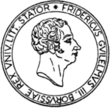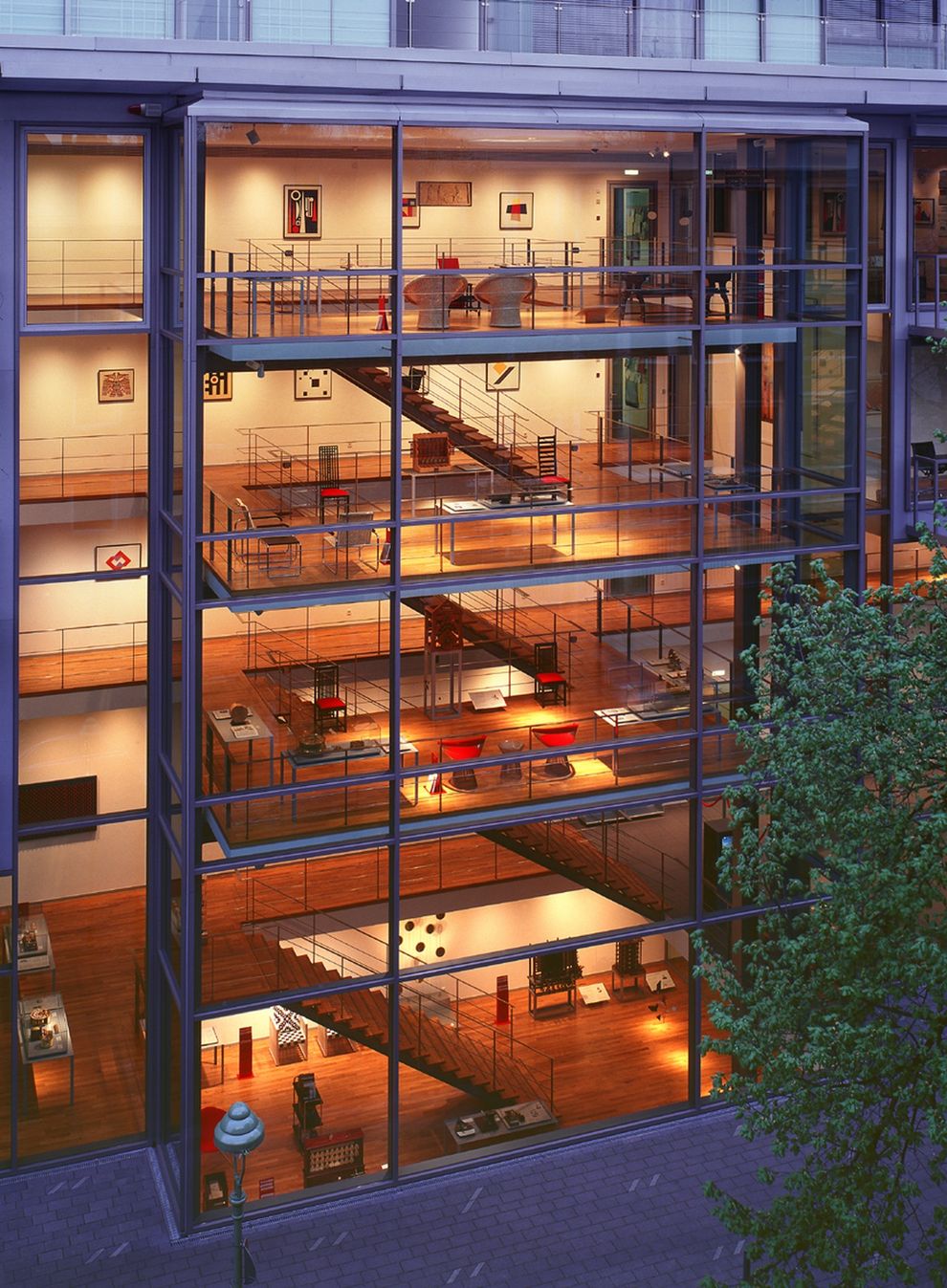The Arithmeum as a Museum
The Arithmeum is a museum on the theme “reckoning past and present”. It is under the same roof as the Research Institute for Discrete Mathematics and is an essential part of the University of Bonn. The Arithmeum houses the most comprehensive collection worldwide of historical calculating machines and presents the highlights of the history of mechanical computing in aesthetically attractive surroundings.
The origins of the collection, numbering more than 10,000 exhibits and considered to be the leading institution of its kind in the world, go back to the 1970s. Those were the years that saw mechanics being increasingly replaced by electronics; a 300-year period of development of ever more complex mechanical machines was coming to an abrupt end. This motivated the founder of the collection, Professor Dr. Dr.h.c. Bernhard Korte, at that time a student of mathematics, to start collecting mechanical calculating machines from their beginnings in the 17th century right up to their demise.
During the baroque age there was neither a scientific nor a commercial need for calculating machines. They were exhibited in cabinets of potentates to be admired, along with androids, because they were capable of mechanically performing genuinely human actions. The series production of mechanical calculating machines did not take place until the middle of the 19th century.
Modern ultra-highly integrated logic chips are among the most complex structures devised and made by man. A special role in the development of these electronic midgets, which is advancing with breathtaking speed, is played by the methods of discrete mathematics.
Visitors to the Arithmeum are given an opportunity to find out how microprocessors work by designing their own chips interactively. They can also wonder at their inherent beauty with a polarization microscope. It takes them into dimensions far beyond those of human imagination. One million transistors find room on the tip of a pencil!
The architecture of chips is based solely on right angles and has its own inherent aesthetic appeal. Their graphical design reminds one of constructivist and concrete art compositions and can inspire one to work artistically oneself.
The saying “less is more“, due to Mies van der Rohe, became the supreme rule in architecture and the design of museums. Gone are the days of science in ivory towers! Thus, the Arithmeum façade of steel girders and glass with its lightness and filigree structure represents the “transparency of science”. Shades and emergency escape balconies form the second and third skin between interior and exterior.
The design of the museum is also based on a minimalist concept. The Bauhaus glass cabinet designed by Marcel Breuer contrasts with modern steel tables designed by Jean Nouvel and with red stands for texts and books. Classic chairs in diverse groupings are primarily, but not only, creative elements.
The symbiosis of science, art and technology in the Arithmeum was not haphazard but intended. “We have Art to save us from perishing through Truth”. This saying of Nietzsche is today more to the point than ever before. Aesthetics and beauty help us to live and experience more fully in our homogeneous and rushing world.
“When a certain degree of technological ability has been achieved, science and art tend to merge into aesthetics. All great scientists are at the same time also artists“ [Albert Einstein, 1923].







